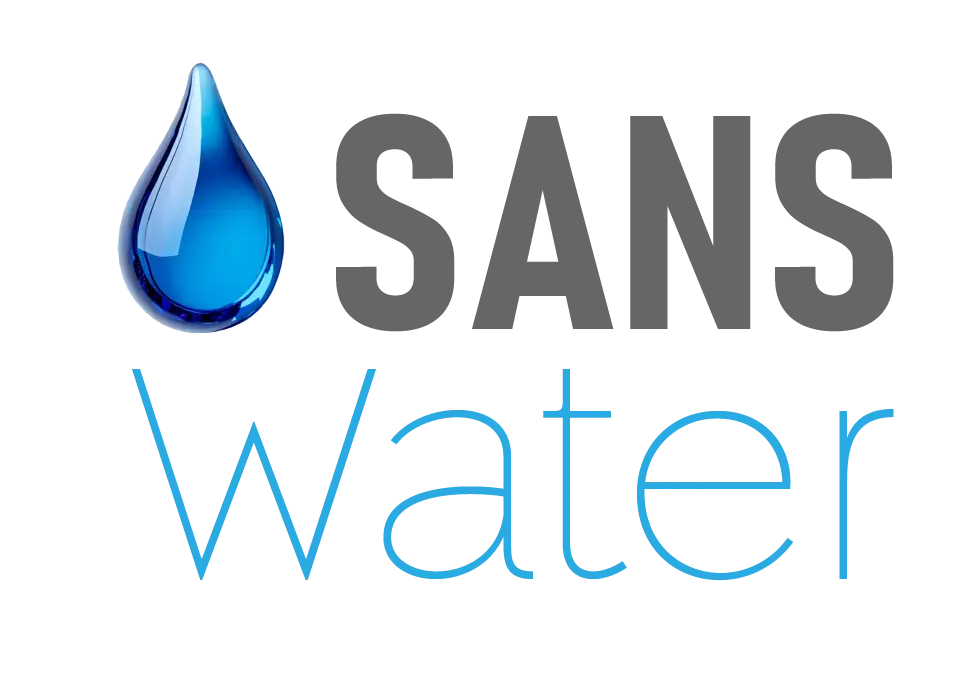Glossary of Terms
pH
A scale to determine how acidic or basic a water solution is. For drinking Water the ideal pH levels are 6.5 to 8.5. For pool water, an ideal pH range is between 7.2 and 7.8.
TDS (Total Dissolved Solids)
refers to the total amount of dissolved substances, including minerals, salts, metals, and other organic and inorganic compounds, present in a given volume of water. It is measured in milligrams per litre (mg/L) or parts per million (ppm).
Natural sources: Rocks, soil, and mineral springs
Human activities: Agricultural runoff, industrial waste, sewage, and urban pollution
Water treatment: Addition of chemicals like chlorine or fluoride
ORP (Oxidation Reduction Potential)
Salt (Saline)
Groundwater moves through underground rock formations, dissolving minerals such as halite (rock salt) and gypsum. This process increases the salinity of the water. Some aquifers contain remnants of seawater from when oceans covered the land millions of years ago. This “fossil water” still holds dissolved salts.
In coastal areas, overuse of groundwater lowers the water table, allowing seawater to seep in and mix with freshwater.
In arid regions, evaporation can concentrate salts in the soil. When it rains, these salts dissolve and seep into groundwater.
Irrigation water dissolves salts in the soil, which then percolate into the groundwater. Fertilizers and pesticides can also contribute to increased salinity.
Industries that extract minerals or dispose of waste improperly can introduce salts into groundwater.
In colder regions, road salt used for de-icing can seep into groundwater through runoff.
Excessive withdrawal of groundwater can lead to saltwater intrusion or increased salinity due to concentration effects.
ORP (Oxidation Reduction Potential)
water measures its ability to either gain or lose electrons, indicating how oxidizing or reducing the water is. It is measured in millivolts (mV) using an ORP meter.
- Positive ORP (+mV): Indicates oxidizing properties, meaning the water can break down contaminants and kill bacteria. Higher values suggest cleaner, more disinfected water.
- Negative ORP (-mV): Indicates reducing properties, meaning the water has antioxidant potential. This is often seen in natural spring water or alkaline ionized water.
ORP is commonly used in water treatment, pool sanitation, and industrial applications to monitor water quality.
EC@25 degreed
SG (Specific Gravity)
Total Chlorine
Added to public drinking water and pools to disinfect and kill germs. However high levels of chlorine consumption can result in stomach-aches, vomiting, diarrhoea and it can also cause dry, itchy skin. Severe chlorine poisoning can be far worse – a significant dose of liquid chlorine can be extremely toxic.
Iron
Sediments may contain trace bacteria that can potentially be harmful.
Nitrate
Nitrate is a chemical found in most fertilizers, manure, and liquid waste discharged from septic tanks. Most adverse health effects are seen in babies under 6 months (blue baby syndrome)
Nitrite
Nitrites are a salt or ester anion of nitrous acid, which can be naturally or artificially occurring in groundwater. Nitrites come from fertilizers through run-off water, sewage, and mineral deposits. High levels of nitrites are toxic to humans and animals, especially infants. Most adverse health effects are seen in babies under 6 months (blue baby syndrome).
Copper
Copper poisoning causes nausea, vomiting, diarrhoea, gastrointestinal, illness, abdominal and muscle pain. In severe cases it can cause kidney failure, anaemia, and liver poisoning.
Total Alkalinity
The measure of water’s ability to neutralize acids. Alkaline compounds that are available in water eliminate H+ ions from the water, which lowers the acidity of the water and results in a higher pH. Used for testing pool water to help keep pH levels adequate.
Hardness
Hard water comes about as a result of various minerals being present in the water (such as magnesium and calcium bicarbonate). Hard water is not a health hazard and these minerals are good for our dietary needs; however very hard water can potentially cause other issues.
Very hard water can exacerbate eczema. It also creates soap scum,
clogs plumbing by leaving mineral deposits and can also leave residue on laundry and dishes.
Cyanuric Acid
Used as a stabilizer in pools to reduce the photo decomposition of available chlorine in the pool. It serves as a protection shield for chlorine against sunlight.
Free Chlorine
Used as a disinfectant in pool water. Disinfects and kills bacteria. Combined chlorine is what remains after the free chlorine is done disinfecting. Free chlorine + Combined Chlorine = Total Chlorine
Free Bromine
Used as a disinfectant for non-drinking water applications, such as pools.
Chromium
People who drink water with chromium over the maximum acceptable concentration for many years can have health problems like: allergic dermatitis.
Lead
High levels in drinking water causes damage to the brain, kidneys, bone marrow, red blood cells, and nervous system. Children are more at risk than adults.
Mercury
Mercury is toxic. Exposure to it, even small amounts, may
cause serious health problems. People can be exposed to mercury through skin contact, by eating contaminated fish or by breathing mercury vapours that are invisible and odourless.
Fluoride
Long term consumption of amounts greater than 4ppm can cause serious bone disorder and fragility of the bones.
Carbonate Root
Also known as KH, refers to the concentration of bicarbonate (HCO3-) and carbonate (CO3–) dissolved in water.
© 2025 SANS Water | All rights reserved | Terms and Conditions | Design and development done by Sirrus Digital.

+27 (0) 21 788 5163 | mike@sanswater.co.za
50 Promenade Road, Lakeside, Cape Town, South Africa